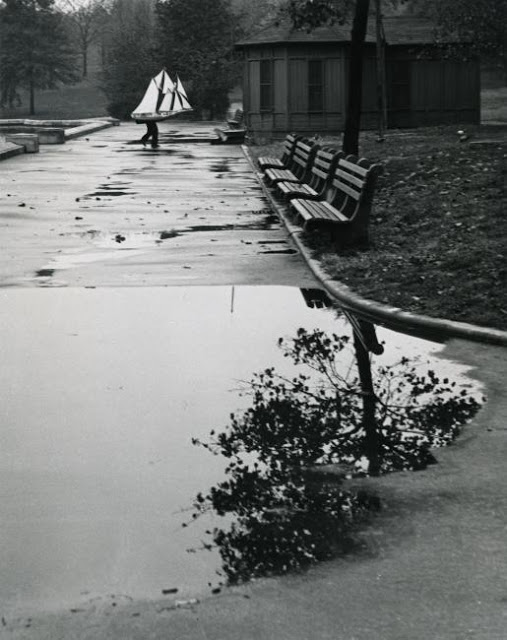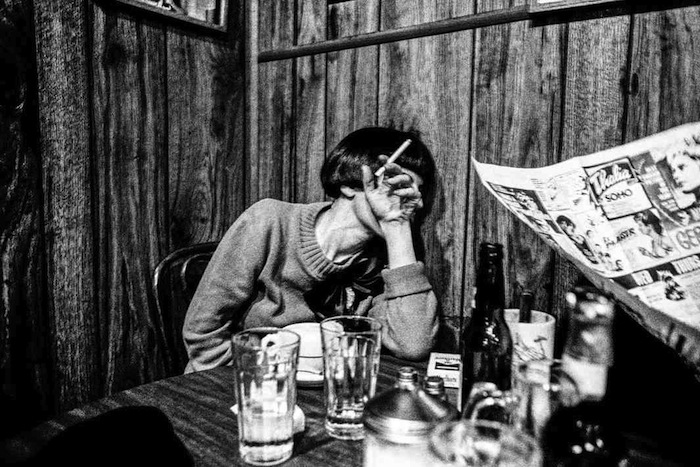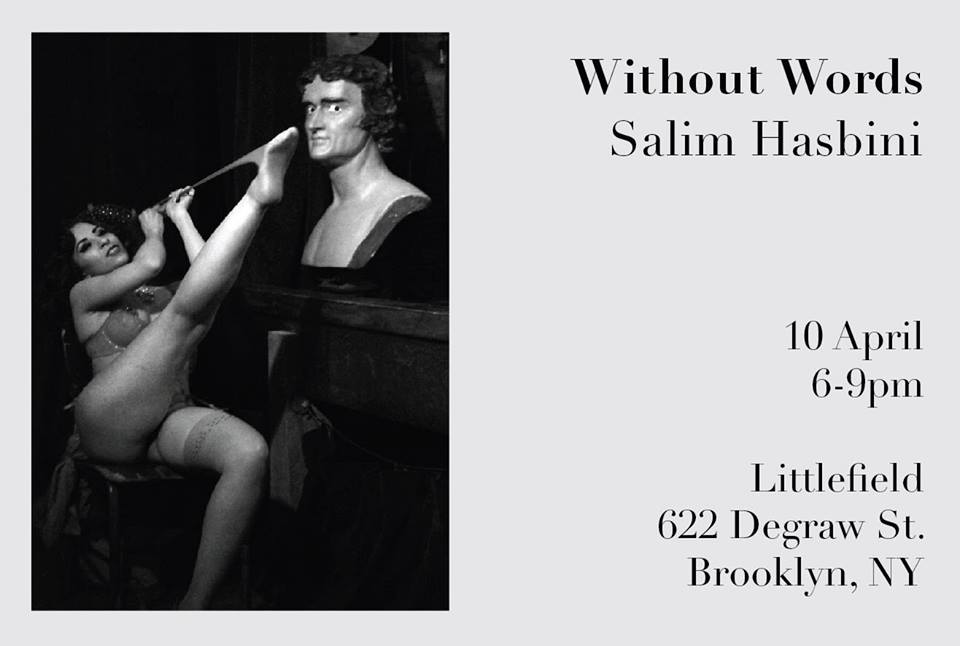Last month, I started noticing strange light leaks on my Leica M2 negatives. At first, they appeared two or three times per roll, but they quickly took over half of each roll. Two bursts of light: one in the middle and the other to the right. I checked the M2's first set of cloth curtains, saw no leak, and continued shooting. However, after developing the next batch of film two weeks later, the leaks continued to appear. I checked the second set of curtains (after the shutter is cocked) and I quickly saw the pinholes.
I can't figure out how the holes formed. Granted, I'm using a 56-year-old camera, but I thought I was careful. Leicas (and other cloth shutter rangefinders) have a BIG weakness: if you point them at the sun, the lens acts as a magnifying glass and burns holes into the cloth underneath. Unlike SLRs, rangefinders don't have a mirror between the cloth shutter and the lens, losing that level of shutter protection
Repairing Leicas is expensive; I needed a DIY solution. After poking around the Internet, I discovered that Liquid Tape can be used to seal the pinholes, creating a lightproof layer. Two coats of Liquid Tape and 24 hours later, my camera was back to normal.
I switched to my Nikon FM3a while waiting for the Liquid Tape to arrive. I had no idea I would be so uncomfortable on that camera. I'm not new to Nikon SLRs. My first camera was a Nikon FE, used for years before my M2.
The Nikon is loud and clunky, yet practical due to its cushy features (detailed viewfinder, ISO dial, exposure comp. automatic setting). The M2 is discreet, agile, and annoyingly utilitarian.
Walking through Little Italy during the Feast of San Gennaro, I was shocked at how unproductive I was. My eyes constantly scanned the edges of the viewfinder, checking to see what was in frame, something I never do on my M2. This slowed me down considerably.
Whenever I managed to take a photograph, the shutter was so loud that my subjects were instantly alerted to my presence, spoiling the moment and any further chance of capturing it. If I didn't get the photo that first time, the camera killed any chance of a second or third shot. Last, none of my Nikon lens had useful DOF scales, making zone focusing impossible.
I couldn't wait to get my M2 back. The FM3a isn't a bad camera. Feature-wise, it blows any Leica out of the water. The viewfinder lets you see exactly what's in the shot, you can sample the depth-of-field beforehand, it can function 100% electrically or mechanically, and more.
The key is to utilize the SLR in a way that makes use of its strengths. For street, I need a quick, quiet setup that lets me view the photo undistracted. The M2 fills that gap. For macro photos, shots that require a zoom lens, and for night photography, hand me the FM3a any day.







